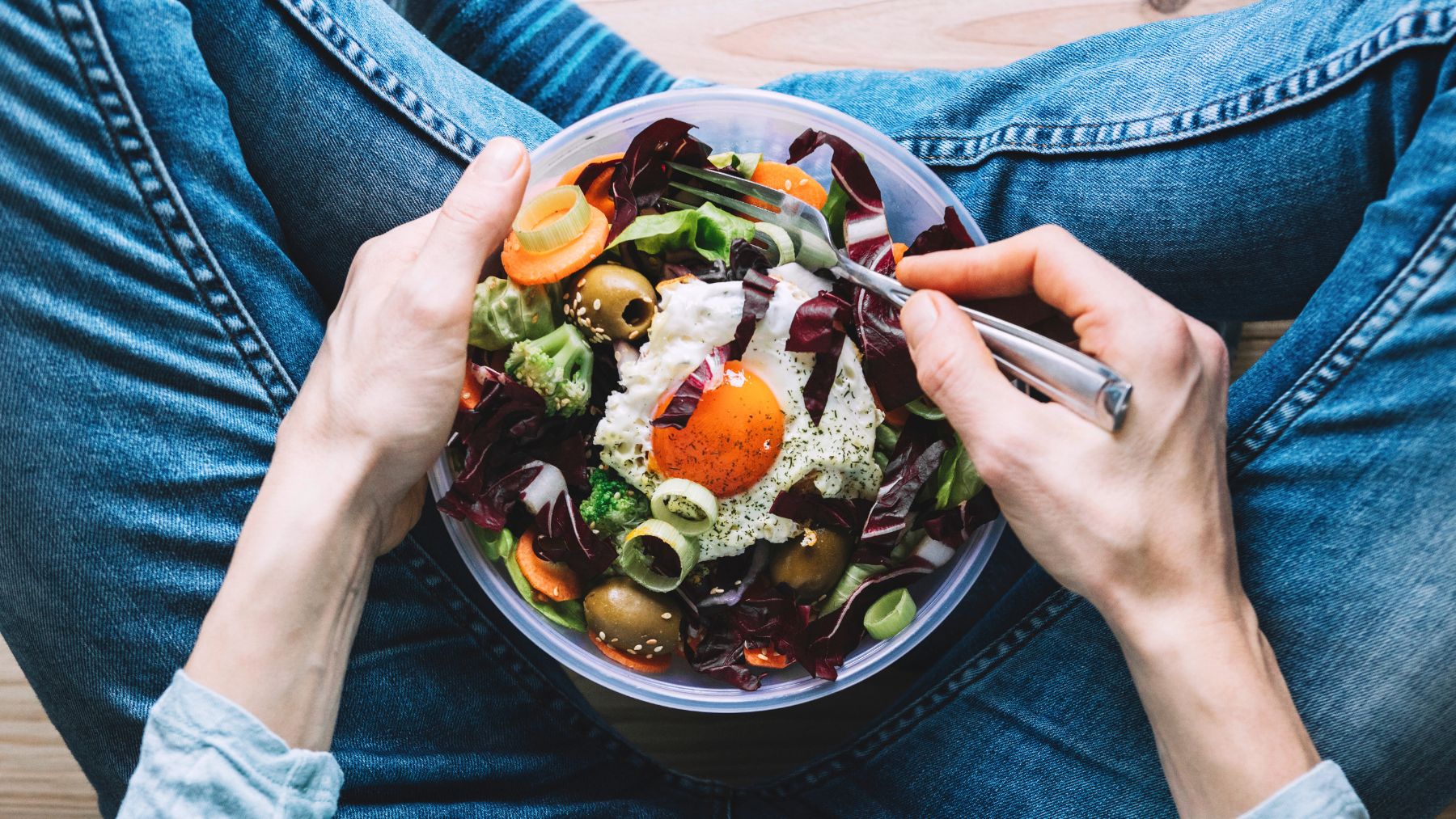By the time you reach your 50s, your body doesn’t work quite the same way it used to. Hormonal changes, shifts in metabolism, and a natural decline in muscle and bone density all influence how food affects your health. What fueled you in your 30s may not be enough to protect your heart, support your bones, or keep your energy steady now.
That doesn’t mean overhauling everything on your plate. Small, science-backed adjustments to the way you eat can help you stay strong, lower disease risk, and maintain vitality as you age. Here, we’ll cover five smart diet changes recommended by nutrition experts and research that can make a real difference once you hit 50. Let’s begin.
5 essential diet changes you should do after 50
Each of these tweaks works together to support heart health, muscle strength, and digestion. They’re not about restriction, but about adding the nutrients your body needs more of at this stage of life.
1. Prioritize protein
Your muscles naturally lose strength with age, a process called sarcopenia. To slow it down, you need more protein than you once did. Studies show older adults don’t use protein as efficiently, so eating enough is key for muscle repair and function. Lean meats, fish, poultry, beans, tofu, lentils, and quinoa are all excellent sources. Aim to spread it throughout the day, like eggs at breakfast, legumes at lunch, and grilled chicken at dinner.
2. Focus on complex carbs
Refined carbs like white bread or pasta spike blood sugar, which can make energy crashes and cravings worse. Complex carbohydrates, on the other hand, are packed with fiber, vitamins, and minerals. Whole-wheat pasta, brown rice, quinoa, oats, and buckwheat help keep digestion regular and blood sugar steady. That fiber also feeds the gut microbiome, which plays a role in immunity and inflammation.
3. Keep sodium in check
High blood pressure and heart disease become bigger risks after 50. Processed foods, canned soups, and restaurant meals are usually loaded with hidden salt. Herbs, spices, lemon, and vinegar add plenty of flavor without the extra sodium. Even rinsing canned beans or vegetables before cooking can make a difference.
4. Cook at home more often
Restaurant meals and takeout may be convenient, but they often contain more fat, sugar, and salt than you’d use at home. Cooking for yourself gives you control over ingredients and portion sizes, making it easier to eat nutrient-dense meals. It can also save money and give you a chance to experiment with recipes that include whole foods, seasonal produce, and lean proteins.
5. Eat more fish
Omega-3 fatty acids are vital for brain and heart health, and fish is one of the best sources. Research links regular fish consumption to lower inflammation, slower cognitive decline, and reduced risk of heart disease. Salmon, mackerel, sardines, and herring are especially rich in omega-3s. If you don’t eat fish, walnuts, chia seeds, and hemp seeds are solid plant-based options.
By putting more protein and complex carbs on your plate, cutting back on sodium, cooking at home, and enjoying fish regularly, you’ll be supporting your bones, muscles, heart, and brain for the decades ahead.
